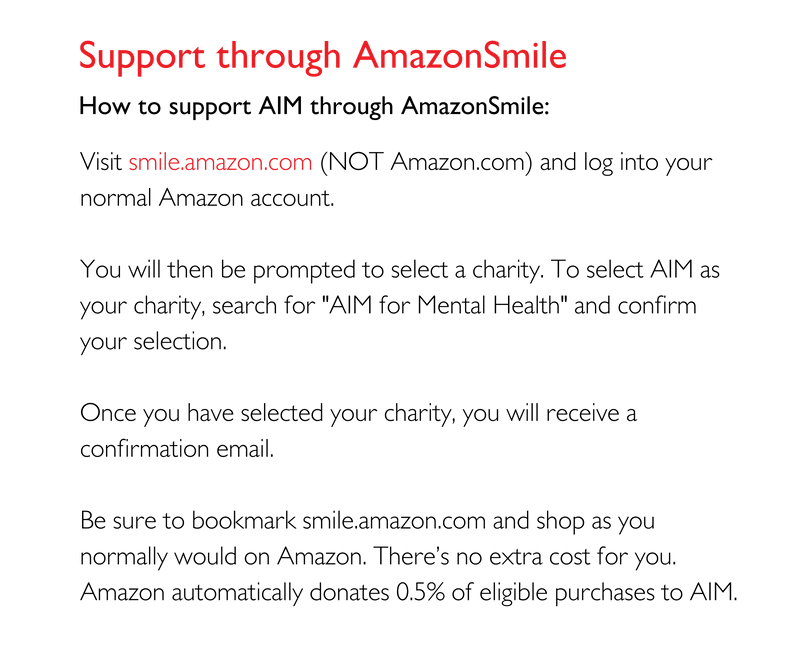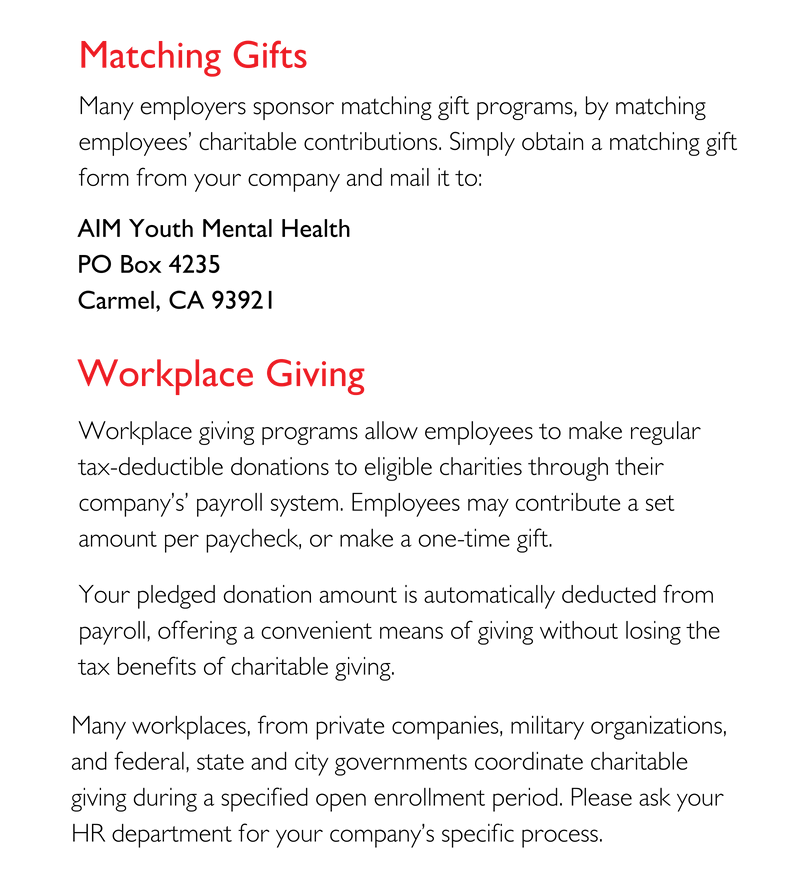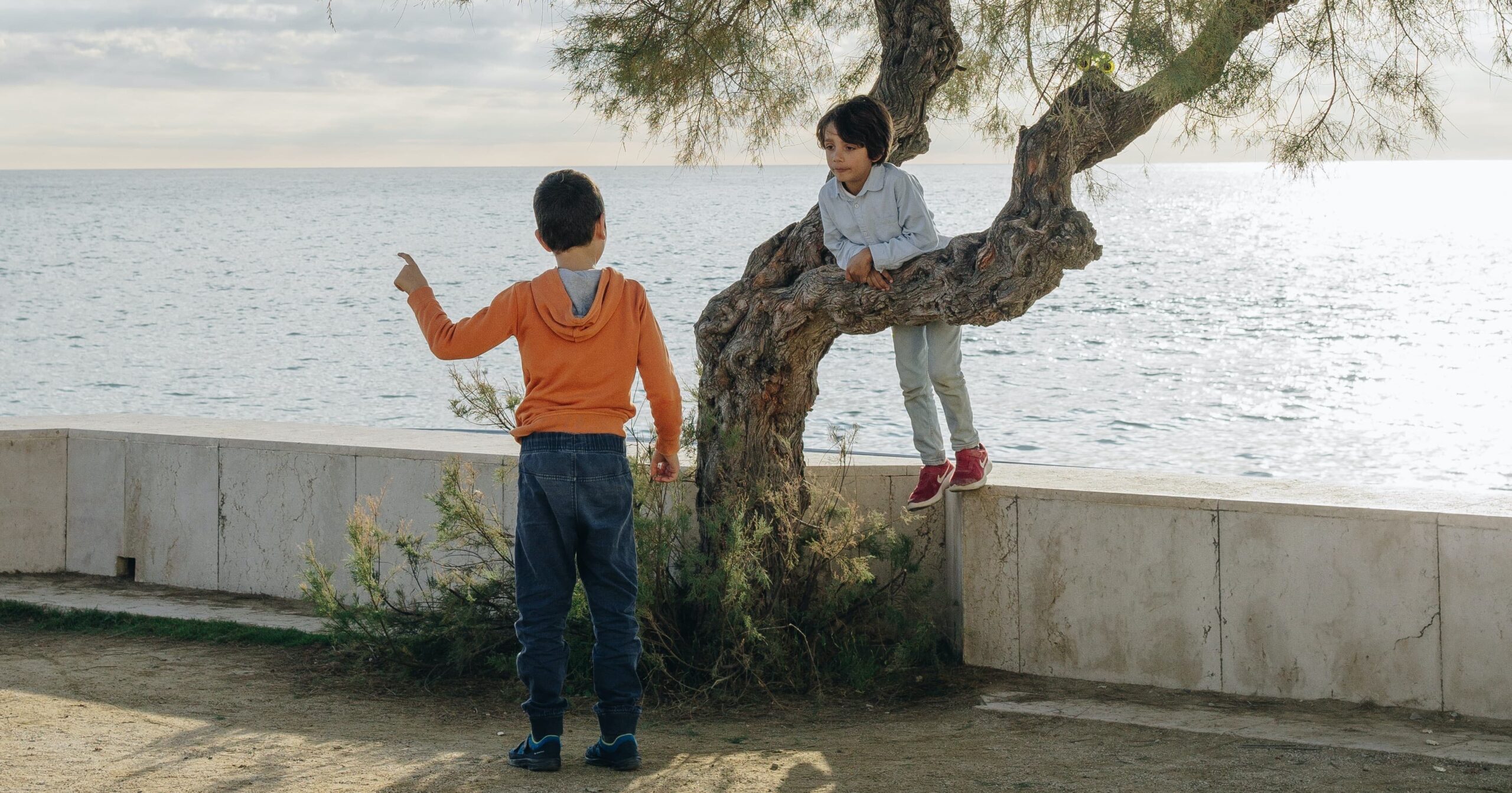
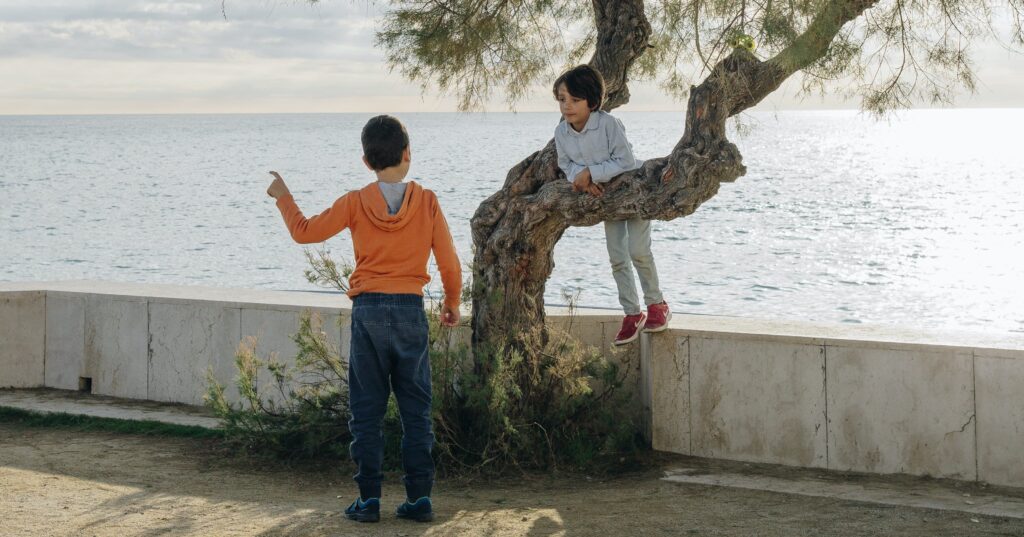
By Jill Suttie
We tend to think of children as resilient. If they fall and scrape their knee, they heal quickly. If they fear the dark, they will soon overcome that fear. Childhood is supposed to be a time of learning and growing, and facing adversity is part of that.
But, what if their home life includes ongoing stressors that make resilience difficult, if not impossible? What if their parents abuse drugs, have mental health problems, or are unable to provide stable housing? Or what if a child suffers from ongoing bullying, discrimination, or violence?
These kinds of stressors are what researchers call “adverse childhood events” or “ACE’s”. Having a history of ACE’s in one’s childhood creates “toxic stress”, which can lead to all kinds of mental and physical problems. These include poorer immune, endocrine, cardiovascular, and metabolic system function, meaning kids are more susceptible to diseases, like hypertension or diabetes. And, they can lead to anxiety, depression, and suicidal ideation. Yet, ACE’s are often not discovered until children grow into adults, making it difficult for those who care for them to prevent the devastating impacts of toxic stress on children’s life trajectories.
That’s where the work of Dr. Dayna Long comes in. Long is a pediatrician and co-director of the Center for Child and Community Health at UC San Francisco Benioff Children’s Hospital Oakland. Her research has been instrumental in creating assessment tools for pediatricians that can help identify challenges in parents’ and children’s lives and make sure that families receive the resources they need to lessen toxic stress.
AIM spoke with Long recently about her work and what it means for children. Here is an edited version of our interview:
Jill Suttie: You say that toxic stress leads to toxic physiology. What do you mean by that?
Dayna Long: When you’re exposed to chronically stressful situations, like abuse, neglect or household challenges, you experience a constant cascade [of stress neurochemicals] that activates the fight, fire, or freeze response. Normally, this response would be adaptive—like when you see a bear in the woods. But, it becomes maladaptive because it’s happening on a regular basis.
Toxic stress comes from ongoing experiences of trauma that keep activating that cascade and the fight, flight, or freeze response without having safe, stable, buffering adults around to lean on—whether that’s a parent, a grandmother, an auntie, or a teacher. It can cause increased wearing and tearing on the body.
JS: You’ve developed an instrument called PEARLS to help pediatricians identify these chronically stressful situations in children’s lives. What do you hope will be accomplished by that?
DL: Our vision is to reduce exposure to ACEs and toxic stress in half by one generation. In order to do that, children from O to 21 are screened annually during their well checks, and adults are screened at least once in their lifetime. The goal is universal, standardized screening for ACE’s in adults and children, much the same way we screen for child development or even maternal depression.
The recommended screening is delivered in a trauma-informed, team-based approach, so that we really focus on building trust and safety and foster relationships with families. Families know that we, as providers, are in their corner and that the goal of the screening is to help support the family unit and the health of the child.
The questions are written so that they’re not actually asking if the child is in harm’s way right now, but as if these things ever happened in the life of the child. Once you have a total score, that, in combination with the health conditions of the child plus protective factors, can give you an indication of whether this child is at risk for having toxic stress and potentially poor outcomes.
JS: What research have you done with the instrument and what are you finding?
DL: We have an incredible research team for PEARLS, including my co-principal investigator, Neeta Thakur [UCSF pulmonary and critical care physician] and Nadine Burke Harris (before she became the Surgeon General). We had three primary goals: creating a prospective, validated screening tool, linking the tool with biomarkers (biological specimens that help give us indications of inflammation and stress in the body), and looking at interventions.
Our first patient was recruited in 2017. And, what we have been able to do since then is not only provide the face and statistical validation for the tool that’s now being used across the state [of California], but we’ve been able to show that children, even with a PEARL score of one or more, are already having poorer outcomes. We’re seeing higher rates of uncontrolled asthma and of stomach aches, and decreased executive functioning. A score of one or more is already significant. So, the earlier we can intervene, the better.
JS: What kinds of interventions are available to these kids and their parents?
DL: We have a number of interventions. For our initial study, we looked at two interventions compared to the standard of care. One was around care coordination— pairing community health workers with families in order to help resolve some of their unmet basic needs. For example, if food insecurity is the problem, the workers might ask, ‘Do you have access to fresh fruits and vegetables? Are you signed up for WIC and CalFresh? Do you know where the food banks are in your local community? We have a drop offsite in our clinic for the food bank. Can we get you some food today?’ That’s what I mean by connecting families to resources.
The other intervention was a resiliency clinic, which is a group visit model, where a caregiver and child come to a group session with 3-6 (potentially up to 8) other dyads (can we say participants?) and focus on mindfulness, [emotion] self-regulation and co-regulation [for lowering stress]. It’s about skill-building. We’re never going to be able to make all trauma go away, but we can help people to modulate their response to it. There’s also a lot of health education and social networking—being in relationship not only with your child, but with the other dyads.
JS: Have these interventions been studied? If so, what have you found?
DL: Our research includes three main aims. The first is to look at the initial cohort of kids from the PEARL study and follow them longitudinally, so that we know how trauma is impacting their lives. The second is a deeper dive into the interventions in a multi-centered trial, with a site in Richmond and in Santa Barbara. The third is to work with community partners to create a toolkit for resiliency, so that other sites can not only support ACEs screening and response, but do it in a way that really centers on the family voice. As part of that work, we have a family board made up of participant families from our studies across the state of California who are helping us to create our research agenda. We’re bouncing ideas off of them and talking about the results and where to go from here with our families, to make sure that we’re constantly getting that family input.
Aside from the PEARL study, we actually looked at how pairing our families with community health workers affected them and were able to demonstrate that when families are paired, we see reduced emergency room visits, reduced hospital visits, and reduced length of stays. Also, when families participate in these stress clinics, we are able to reduce caregiver stress, and the families enjoy the clinics and want them to continue. They say they learned a lot and feel closer to their child as a result. Fortunately, in the last round of funding through Governor Newsom’s California Precision Medicine Initiative, we were able to get funding to continue the study.
So, we’re looking at a bunch of different markers, including the PEARL scores of the parents. We are looking at caregiver stress because there’s a strong correlation between caregiver stress and child outcomes and collecting specific biologic specimens on the kids in order to actually measure their stress via biomarkers.
JS: Do you have any particular stories from individuals that show what this means to families?
DL: My gosh, so many! The research started in 2017, so we’ve been standardizing and promoting universal screening during well-child visits for the last several years. That’s just part of standard practice now in my clinic. I’ve had amazing situations where a family will have taken the PEARL screen, and I’ll ask the family, ‘How was that for you?’ And, the mom will say, ‘Thank you so much for asking me these questions. I wish that my pediatrician had asked my mom when I was small, because if she had, every single one of these would be positive. I’m so grateful to know this so that I can make sure that I’m showing up for my child and my child can be as healthy as possible.’
My greatest hope is that by screening for ACEs and trauma and protective factors, we really can create trust and relationship with families and, by doing that, we can guarantee a healthier generation of children.
______________________
About the Author
Jill Suttie, Psy.D., is a free-lance journalist and a staff writer and contributing editor for Greater Good, an award-winning online magazine published by the University of California’s Greater Good Science Center. A psychologist by training, her articles cover scientific research aimed at uncovering the keys to individual wellbeing and a more compassionate society. She also records music and has two CD’s of original songs that can be heard and purchased on her personal website: jillsuttie.com.



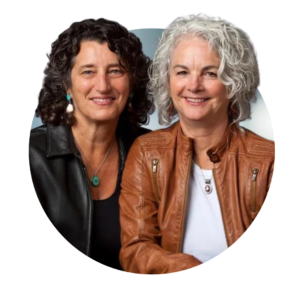
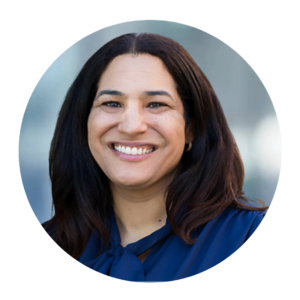


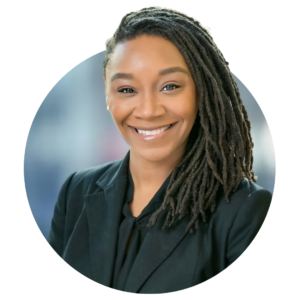





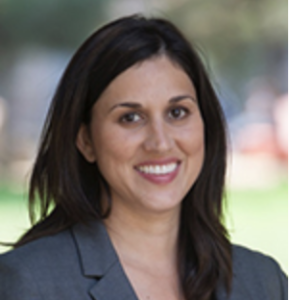




 Moving Upstream: A Proactive Approach to Addressing Behaviors and Bullying
Moving Upstream: A Proactive Approach to Addressing Behaviors and Bullying Krista Reuther is the Assistant Director of Ohana’s Community Health and Prevention Program. She received her Masters in Public Health and Social Work at UC Berkeley. She comes to this position after 14 years of clinical social work experience at Stanford Children’s Hospital in pediatric oncology, critical care, and bereavement. Her goal is to reduce the incidence of mental illness in children and adolescents in Monterey County.
Krista Reuther is the Assistant Director of Ohana’s Community Health and Prevention Program. She received her Masters in Public Health and Social Work at UC Berkeley. She comes to this position after 14 years of clinical social work experience at Stanford Children’s Hospital in pediatric oncology, critical care, and bereavement. Her goal is to reduce the incidence of mental illness in children and adolescents in Monterey County. Dr. Guss is a 35-year veteran educator with a doctorate degree in Educational Leadership. She served as a classroom teacher for 10 years, including two years as a teacher in a bilingual program in South Central Los Angeles. She has also served as a college professor, mentor teacher for new teachers, and a master teacher for teacher candidates completing their student teaching experience. She continues to be a strong advocate for the teaching profession.
Dr. Guss is a 35-year veteran educator with a doctorate degree in Educational Leadership. She served as a classroom teacher for 10 years, including two years as a teacher in a bilingual program in South Central Los Angeles. She has also served as a college professor, mentor teacher for new teachers, and a master teacher for teacher candidates completing their student teaching experience. She continues to be a strong advocate for the teaching profession. Fellowship: Stanford University School of Medicine (1994) CA
Fellowship: Stanford University School of Medicine (1994) CA Michael G. Thompson, Ph.D. is a consultant, author and psychologist specializing in children and families. He is the supervising psychologist for the Belmont Hill School and has worked in more than seven hundred schools across the United States, as well as in international schools in Central America, Europe, Africa and Asia.
Michael G. Thompson, Ph.D. is a consultant, author and psychologist specializing in children and families. He is the supervising psychologist for the Belmont Hill School and has worked in more than seven hundred schools across the United States, as well as in international schools in Central America, Europe, Africa and Asia.
 is 15 years old and a sophomore at Marina High School in Marina, CA. Her academic interests include math, history, and psychology. She joined the AIM Ideas Lab in 2021 because she wanted to be a part of something that could have a great impact on her community. Marwa is interested in youth mental health because she has always been fascinated with the human mind and she wants to support those that are suffering who may feel like their challenges in life aren’t important enough or are too afraid to seek necessary help.
is 15 years old and a sophomore at Marina High School in Marina, CA. Her academic interests include math, history, and psychology. She joined the AIM Ideas Lab in 2021 because she wanted to be a part of something that could have a great impact on her community. Marwa is interested in youth mental health because she has always been fascinated with the human mind and she wants to support those that are suffering who may feel like their challenges in life aren’t important enough or are too afraid to seek necessary help. Giovanna Panetta is a 16 year old junior at Carmel High School. She has always been called to STEM subjects, specifically biology. The AIM Ideas Lab instantly attracted her attention as a research opportunity. Gia has always comprehended the importance of mental health. She knows that COVID only exacerbated previously existing problems, and that as a community we can try and find the root of those problems. Mental health is an integral part of life, and can impede a body’s ability to be healthy. She strongly believes that life is worth living, and she wants to help anyone that thinks otherwise.
Giovanna Panetta is a 16 year old junior at Carmel High School. She has always been called to STEM subjects, specifically biology. The AIM Ideas Lab instantly attracted her attention as a research opportunity. Gia has always comprehended the importance of mental health. She knows that COVID only exacerbated previously existing problems, and that as a community we can try and find the root of those problems. Mental health is an integral part of life, and can impede a body’s ability to be healthy. She strongly believes that life is worth living, and she wants to help anyone that thinks otherwise. Dr. Friedman completed her undergraduate degree in Psychology from University of California San Diego (UCSD). She went on to complete her masters and doctorate degrees (Ph.D.) in Clinical Psychology from Rosalind Franklin University of Medicine and Science/Chicago Medical School. Dr. Friedman completed her pre-doctoral internship at Rush University Medical Center, Chicago, IL, and her post-doctoral fellowship training at the VA San Diego Healthcare System. Her clinical training and experience has been focused primarily on comprehensive assessment and effective treatments for anxiety, mood and related disorders. Dr. Friedman has extensive experience in providing Cognitive Behavioral Therapies for anxiety disorders (e.g. worry, OCD, social anxiety, phobias and PTSD), depression, adjustment disorders/life stress, insomnia and body-focused repetitive behaviors (e.g. Trichotillomania and skin picking). She has received training in evidence-based interventions for a variety of specific problems, including exposure with response prevention (ERP) for treatment of OCD, Prolonged Exposure (PE) for treatment of PTSD, and Cognitive Behavioral Therapy for Insomnia (CBT-I). Moreover, she has specialty training in the treatment of childhood anxiety and related disorders, such as ADHD, selective mutism, separation anxiety, PTSD, depression and specific phobias. In addition, Dr. Friedman has developed an expertise in research on Trichotillomania and body-focused repetitive behaviors, which has led to numerous local and national presentations. Dr. Friedman regularly attends local and national conferences, training seminars and workshops in order to stay informed on the most up to date treatments and apply state of the art science into her clinical practice.
Dr. Friedman completed her undergraduate degree in Psychology from University of California San Diego (UCSD). She went on to complete her masters and doctorate degrees (Ph.D.) in Clinical Psychology from Rosalind Franklin University of Medicine and Science/Chicago Medical School. Dr. Friedman completed her pre-doctoral internship at Rush University Medical Center, Chicago, IL, and her post-doctoral fellowship training at the VA San Diego Healthcare System. Her clinical training and experience has been focused primarily on comprehensive assessment and effective treatments for anxiety, mood and related disorders. Dr. Friedman has extensive experience in providing Cognitive Behavioral Therapies for anxiety disorders (e.g. worry, OCD, social anxiety, phobias and PTSD), depression, adjustment disorders/life stress, insomnia and body-focused repetitive behaviors (e.g. Trichotillomania and skin picking). She has received training in evidence-based interventions for a variety of specific problems, including exposure with response prevention (ERP) for treatment of OCD, Prolonged Exposure (PE) for treatment of PTSD, and Cognitive Behavioral Therapy for Insomnia (CBT-I). Moreover, she has specialty training in the treatment of childhood anxiety and related disorders, such as ADHD, selective mutism, separation anxiety, PTSD, depression and specific phobias. In addition, Dr. Friedman has developed an expertise in research on Trichotillomania and body-focused repetitive behaviors, which has led to numerous local and national presentations. Dr. Friedman regularly attends local and national conferences, training seminars and workshops in order to stay informed on the most up to date treatments and apply state of the art science into her clinical practice. Dr. Piacentini is a board-certified clinical child and adolescent psychologist and Professor in the UCLA Department of Psychiatry and Biobehavioral Sciences. He directs the UCLA Child OCD, Anxiety, and Tic Disorders Clinic and Tourette Association Center of Excellence which provide diagnostic evaluation and treatment (both therapy and medication) for youth with the above problems. He also directs the UCLA Center for Child Anxiety Resilence, Education, and Support (CARES; carescenter.ucla.edu) which provides education and programming to parents, teachers, and clinicians about anxiety prevention and management.
Dr. Piacentini is a board-certified clinical child and adolescent psychologist and Professor in the UCLA Department of Psychiatry and Biobehavioral Sciences. He directs the UCLA Child OCD, Anxiety, and Tic Disorders Clinic and Tourette Association Center of Excellence which provide diagnostic evaluation and treatment (both therapy and medication) for youth with the above problems. He also directs the UCLA Center for Child Anxiety Resilence, Education, and Support (CARES; carescenter.ucla.edu) which provides education and programming to parents, teachers, and clinicians about anxiety prevention and management.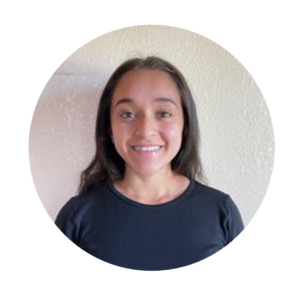 Citlalli Nava is 18 years old and a first year majoring in Psychology at Hartnell Community College in Salinas, CA. She is passionate about understanding how mental health affects how youth think, act, and feel. Citlalli joined the AIM Ideas Lab in 2021 after witnessing the increase in mental health challenges in teenagers and considering the mental health issues they are facing. Citlalli is interested in youth mental health because it is a real problem faced by her generation.
Citlalli Nava is 18 years old and a first year majoring in Psychology at Hartnell Community College in Salinas, CA. She is passionate about understanding how mental health affects how youth think, act, and feel. Citlalli joined the AIM Ideas Lab in 2021 after witnessing the increase in mental health challenges in teenagers and considering the mental health issues they are facing. Citlalli is interested in youth mental health because it is a real problem faced by her generation. Clinical and community psychologist and health care innovator Arthur C. Evans Jr., PhD, is CEO of the American Psychological Association, the leading scientific and professional organization representing psychology in the United States. With more than 146,000 researchers, educators, clinicians, consultants, and students as members, APA promotes and disseminates psychological knowledge to benefit society and improve lives – a mission consistent with Evans’ life work.
Clinical and community psychologist and health care innovator Arthur C. Evans Jr., PhD, is CEO of the American Psychological Association, the leading scientific and professional organization representing psychology in the United States. With more than 146,000 researchers, educators, clinicians, consultants, and students as members, APA promotes and disseminates psychological knowledge to benefit society and improve lives – a mission consistent with Evans’ life work.
